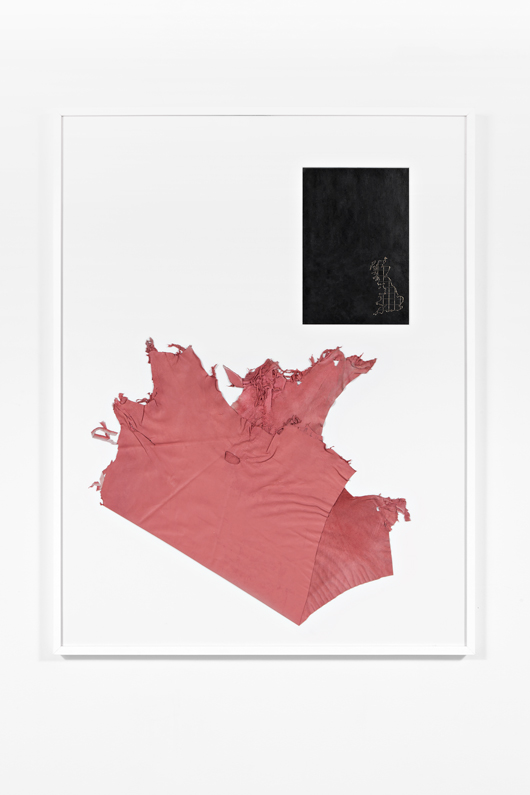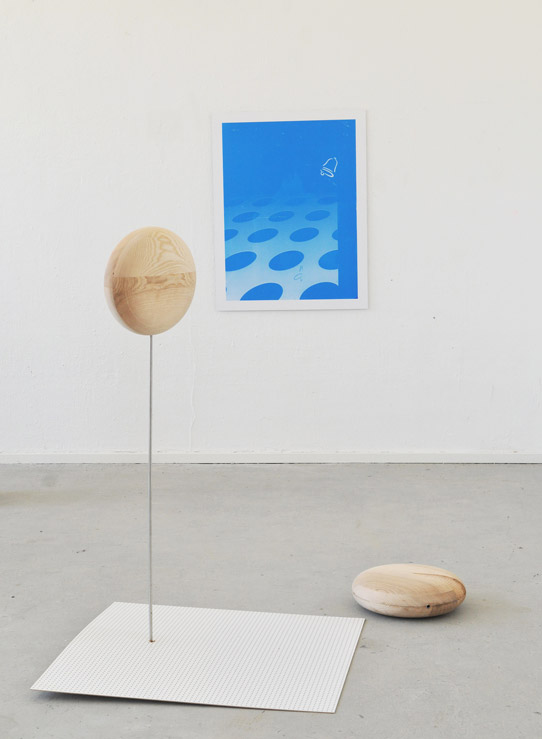Eloise Hawser
Saturday, 25 May 2013
Work from her oeuvre.
“The level of sophistication in security and anti-theft devices forms the image of a socio-economic bracket, and there exist disparities between these devices from inner city East to West. As such, a great number of metal roller doors exist along the high streets of London’s East End. At first glance, these metallic objects may appear to possess little intrinsic value, but their banality is a cover for a complex and intimate set of relations.
Intrigue to learn how roller doors are constructed reveal that each unit is composed of interlocking slats with scroll-like details that appear to be crafted and articulated by hand in an otherwise industrial process of production, lending them personal character that complicates their universality, and evokes physical and cultural intimacies between maker and object.
As to the qualities of their construction: roller doors generally exist as a boundary that divides the inside from what exists outside it, but when placed inside shops, as they sometimes are, they enclose the vague area of an interstitial space. This may be the Haus der Braut. Or the Haus der Braut may be the name of a shop far along a road in London’s East End. Either way, some have perforated surfaces that create odd, almost pointillist compositions of partially-visible products inside the shops they protect. These semi-transparent images possess a romantic quality that reveal and conceal in equal measure.
The relations suggested by roller doors, between industrial forms with handmade touches, and an economy form of protection, are the crux of several new works by Hawser that consider skins, industrial seduction and display, as well as legal and domestic terms of intimacy, physical constitutions, and the antiquated term ‘husband,’ in relation to sculpture.
The rosette helix that Hawser has isolated and extracted from the profile of roller door slats (Haus der Braut, 2012) is re-articulated in several works, including silkscreen prints and a textile created on an industrial loom.
In the transitional space of the gallery, this problematizes a more easy resolution of the ‘roles’ of objects in everyday relations—and considers the material composition of objects that are intended to be anodyne and ‘forgettable.‘” – Eloise Hawser, Haus der Braut


